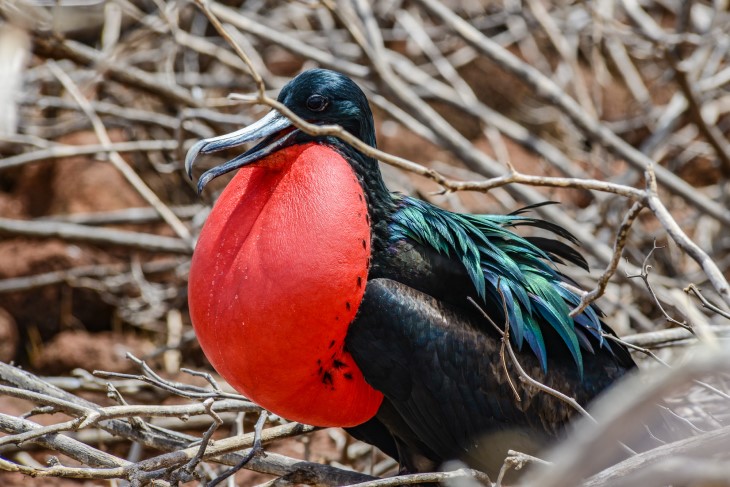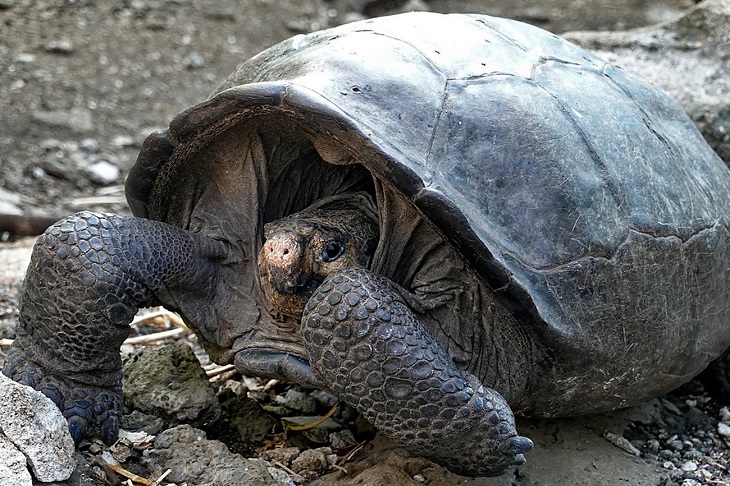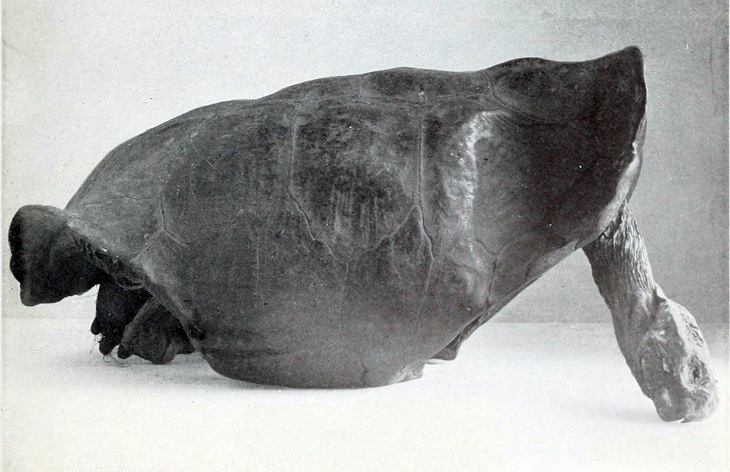
SIGN UP TO RECEIVE
15% OFF
IN YOUR NEXT TOUR

Giant tortoise believed extinct for more than a century was found in Galapagos
SCROLL DOWN TO READ

Giant tortoise believed extinct for more than a century was found in Galapagos
SCROLL DOWN TO READ
Giant tortoise believed extinct for more than a century was found in Galapagos
An adult female Fernandina Galápagos Tortoise has ever been found—on Fernandina Island, the youngest and least-explored of the Galápagos Islands. An expedition in 1964 discovered putative tortoise droppings, and a fly-over in 2009 reported sightings of something tortoise-like from the air, renewing hope that this species may yet be holding on.

Although it is not yet confirmed with laboratory studies that the specimen corresponds to Chelonoidis phantasticus, whose last specimen was found in 1906, everything indicates that it is that species, since morphologically it is different from those of the rest of the Galapagos Islands. The shape of the shell (in the form of a saddle) is different, very similar to the male found in 1906. In addition, the place where she was found, is not a place frequented as a anchorage for boats, with which the possibility that some human being has thrown a live turtle into the water and has managed to climb to this site is almost unthinkable.

The single specimen of the species, a male and the only Fernandina tortoise ever collected, was found alive in 1906 by Rollo Beck of the California Academy of Sciences. No other Fernandina tortoises have been documented since, but in 1964 helicopter-assisted surveys of remote areas on Fernandina, over huge barren lava fields, documented several large tortoise scats and a few Opuntia cactus pads with tortoise bite marks at a location 6 km from the shore at an altitude of 360m.
